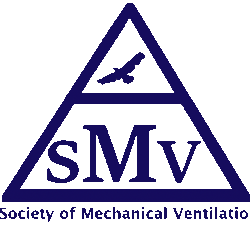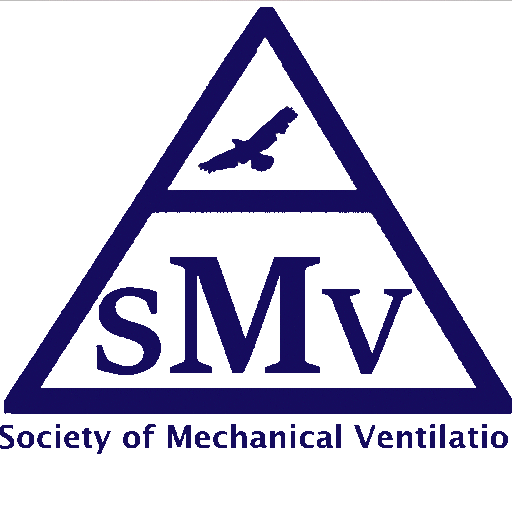
This is a continuation of the last blog: Mechanical Power
Over the last two decades we were stuck on targeting a certain value of tidal volume or an inspiratory pressure (tidal, driving pressure) in a hope to reduce VILI and mortality. Have we been wrong? Maybe yes, maybe it was just a step in the right direction.
We now know that it is much more than that, and the interaction between the tidal volume (strain), pressure (stress) in interaction with flow rates, inspiratory time, respiratory rate, PEEP levels all summed up in the mechanical power are all indicted contributors.
Before we repeat our previous mistakes and fall in the trap of targeting certain value of mechanical power or its components of elastic and resistive power, lets take it slow and think about it more.
We should probably consider the mechanical power in context of other factors.
We propose indexing the power to the compliance or elastance which might give more insight in this issue and for further studies to investigate.
For example Power Compliance Index: a healthy compliant respiratory system probably will need less ventilatory power to inflate (e.g. 10 J/min / 70 mlcmH2O = 0.14), while a less compliant system will require more ventilatory power (e.g. 20 J/min / 30mlcmH2O = 0.66).
Other denominators to consider indexing are FRC, lung weight, lung water, IBW.
I will repost two of my previous questions:
– Is the same energy or power exerted on a healthy or an already injured lung can exert the same effects or potential damage? Which one can withstand more energy?
There are some evidence that the healthy lung is more prone to injury than the already injured lung?
Conceptually makes more sense is to consider the forces acting on the lung itself not the whole Chest wall. Can the ventilator hurt the chest wall, probably not the ribs or skeletal muscles but theoretically the diaphragm) i.e. maybe we really need to concentrate on the trans-pulmonary mechanical power and index it also on the lung compliance. Which brings the role of the esophageal balloon manometry and the debate for its use.
Lastly for now at least, how about the active patient work? Is the force to pull the air in by the patient against the force to push the air in by the ventilator do they have the same effect? Do they ameliorate and counterbalance each other or amplify the problem? There is ample of evidence that spontaneous or partial breathing might be beneficiary but on the other hand there is also benefits that muscle relaxants or paralytics might be protective.
More questions and hopefully more answers will come but please let’s not jump to premature conclusions about the topic blindly folded and repeat our mistakes of the past but learn from them.

